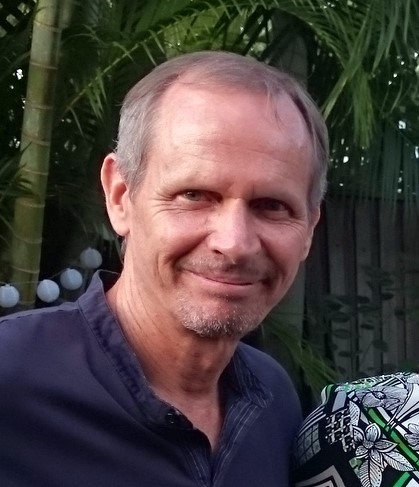Noosa Council this week signed off on an innovative project to turn around the decline in our Noosa River ecosystem and protect it for the next generation. To allow our kids to be able to catch a fish in the river. It was nearly derailed by small town politics.
Like many other locations around Australia and the world, we will see rock Oyster reefs constructed to filter the water and rebuild a rich, diverse and multi-layered ecosystem at the bottom of the river (the benthic layer) that will bring back fish and health to our most vital waterway.
The project is backed by world-leading scientists under the banner of the internationally respected The Nature Conservancy (active in over 70 countries), administered professionally with public, 6-monthly reporting, overseen by Council officers.
And…our Noosa ratepayers will only fund one-third of this project. Two thirds will come from the Federal Government and from the extraordinary private philanthropy of the Thomas Foundation, via The Nature Conservancy. (read more on the vision of Noosa’s David Thomas and his Foundation’s role in this project)
This was a ’no brainer’. A project to proudly cap our environmental reputation and to protect our river. Cue dancing in the streets.
Except…this is Noosa, where small town politics sometimes gets in the way of big ideas. This is how we came within a whisker of blowing up a once-in-a-generation project for Noosa, its environment, its economy and its reputation.
An issue that bites
Back in February 2020, a little-known mayoral contender and LNP member Clare Stewart was casting around for something to campaign on. Her connections had amassed a very handy war chest of over $70,000, ten times the local spend of mayor Tony Wellington, but aside from a mantra about the need for a more ‘business friendly’ council, there was no issue with bite.
Reliable local sources say the Oyster reef project fitted the brief perfectly. You could throw out vague accusations of collusion with greenies, even more vague hints of a lack of transparency, and because this was evolving science – the first of its kind applied to a river system like Noosa’s – well, there was no guarantee it would work. It was risky, right?
Local players knew that none of these vague accusations would hold water for long, or under scrutiny, but they also knew some mud might stick. Perhaps enough to swing a few votes in a tight campaign. The more restrained and less-funded Wellington campaign lost by about 300 votes.
The plan, according to the same sources, was to simply let the issue fade. It had done its job. But that’s not quite how it panned out.
Queensland Government permit delays…a gift to detractors
Fast-forward two years to the present, and a cumbersome State Government process (this was, after all, evolving environmental science) meant that the final bureaucratic hurdles for the oyster reefs were being cleared literally as Council met to sign off on the continued partnership.
Some detractors sniffed the opportunity to carry on with the campaign to undermine the project, to question its ‘transparency’ and to insist that we should instead spend ratepayers’ money on more useful things like business support.
These delays may have been purely technical, all at State Government level and outside the power of the project managers, but detractors lept on the holdup and turned it to suit their narrative that the project was somehow flawed, risky and bound to fail.
They were prepared to deny Noosa the $2.4 million promised in Federal money and from the Thomas Foundation. They were prepared to alienate the world’s leading not-for-profit conservation science organisation, and to torpedo Noosa’s environment reputation. This was self-harm writ large.
The campaign inside Council, led by mayor Clare Stewart, received some well orchestrated support from outside, primarily from a shrill Noosa Chamber of Commerce, but also a handful of loosely associated ‘others’, some LNP connected, some that could barely be called groups. Why, for instance, was The Noosa Wedding Organisation weighing in on local environmental politics? Seriously.
There’s already considerable conversation amongst some of these groups, including the Chamber of Commerce, about their ill-informed involvement in local partisan politics surrounding a project to improve our river and our image as a tourism destination.
Somehow, through this embarrassing small-town dust-up, the river restoration project limped through with the unwavering support of Councillors Wilkie, Stockwell, Wegener and Jurisevic.
What should have been a proud and unifying moment for Noosa just, only just, got across the line.
The four oyster reefs, totalling about 2,000 square metres will be built in the next couple of months. Each single oyster will filter the equivalent of a bathtub full of water each day. A Noosa River ecosystem will be given a new lease of life thanks to world class science. And it will be administered with all of the checks and balances required of an important public project.
But the small town spectacle on show in Noosa this month wasn’t really about this project, or the river. It was about ambition and party politics dividing a Council. It was a continuation of the last bruising Noosa campaign, and a foretaste of the next one – now less than two years away. The gloves are off. That campaign started this week, and it promises to be an ugly one.

